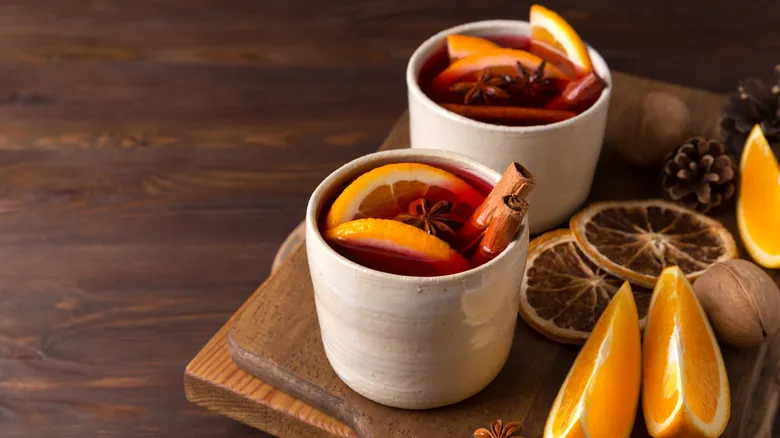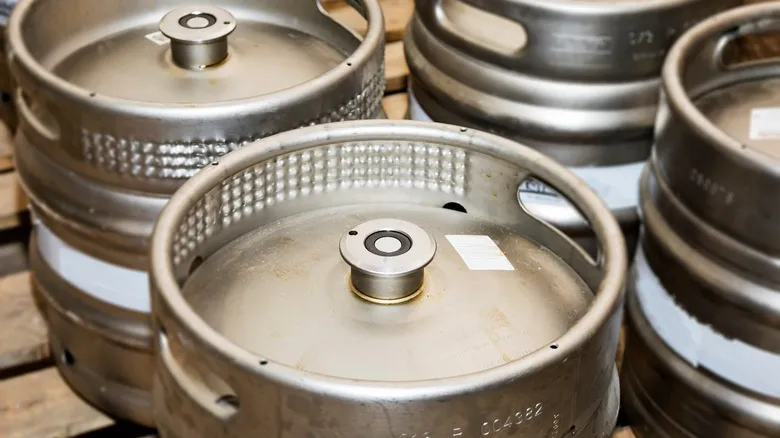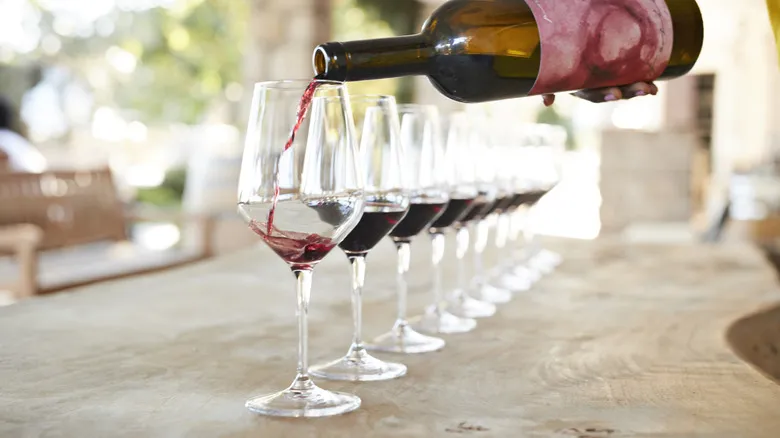You get more with Champagne

You may think that the size of the glass affects how you pour most wines, but that's generally not true. There isn't a practical "economy size" for wine. A larger glass doesn't necessarily mean a larger pour, at least from an etiquette standpoint. The standard pour for wine is five ounces, regardless of the glass size, with a few exceptions. Champagne is one of those exceptions.
Like other wines, Champagne bottles typically hold 750 milliliters. However, since Champagne flutes are narrower than standard wine glasses and due to the effervescence of Champagne, most servings are around four ounces. This smaller pour is also related to the reason many people enjoy Champagne: the toast. Typically, people consume less Champagne during a toast compared to when they are leisurely sipping wine at brunch. Consequently, you can expect to get about six and a quarter flutes of Champagne from each bottle.
Size matters (with wine bottles)

While larger glasses don't necessarily mean you'll receive more wine with each pour, the size of the bottle does affect the total number of glasses you can get. For instance, a Piccolo bottle—often referred to as a split—contains just one glass of wine, a demi holds two glasses, a standard bottle typically offers five or six, and a magnum provides 12 glasses. Indeed, that's 12 servings! However, the variety of Champagne and wine bottle sizes extends beyond the magnum.
Bigger bottles significantly increase the number of glasses you can pour, such as the Methuselah, Solomon, and the largest of them all—the Melchizedek—which yield approximately 30, 130, and 180 glasses of wine, respectively. Additionally, there are other sizable bottles in between, like the Nebuchadnezzar, which offers 100 standard glasses of wine. These large bottles can be seen as economy-sized and are best suited for large gatherings, such as weddings, where wine is plentiful. Otherwise, if left unopened for too long, you risk losing a significant amount of wine to premature aging and spoilage.
Recommended

Can You Buy Alcohol At Aldi?

What's The Difference Between Riesling And Gewürztraminer?

12 Tips You Need To Make Holiday-Ready Mulled Wine

How Many Beers Are In A Standard Keg?
Next up

